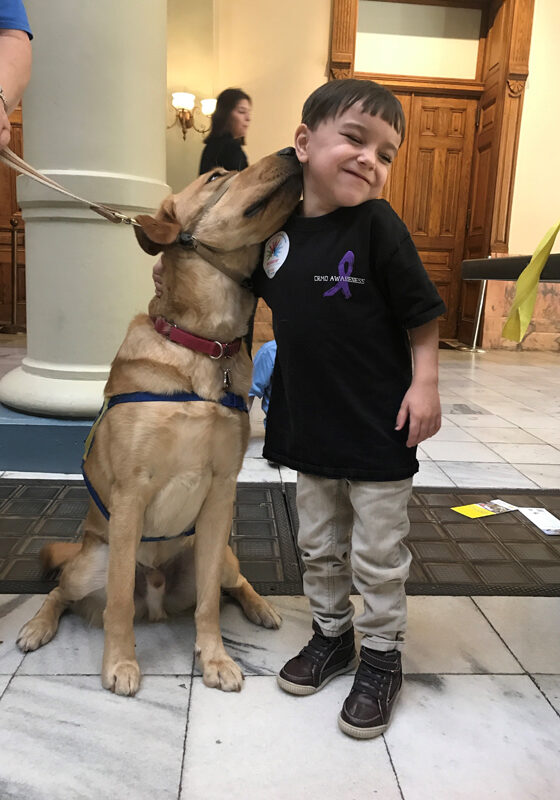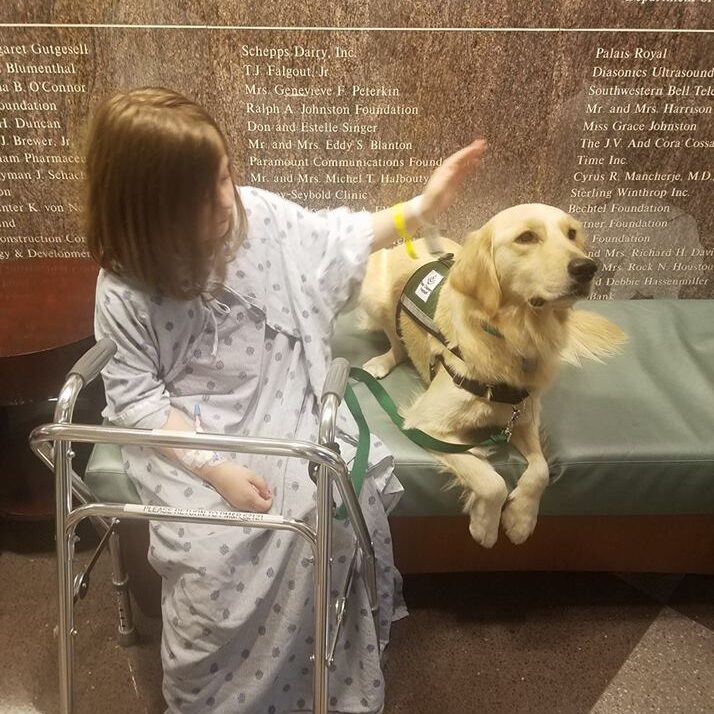
Diagnosis
CRMO is a diagnosis of exclusion. Generally, many tests are required, such as bone scans, MRI, and often a bone biopsy.

Treatment
There are many treatments that are currently being used on patients with CRMO. There is currently no standard treatment for CRMO.

Prognosis
CRMO is a chronic disease. Different treatments can put the disease in remission for various amount of time.
We need to find a cure for this painful disease.

CRMO/CNO at a Glance
CRMO (Chronic recurrent multifocal osteomyelitis) is also known as CNO (Chronic non-bacterial osteomyelitis). CRMO/CNO is a rare and serious disease. It involves inflammation of one or more bones and can be chronic. Symptoms can come and go. CRMO/CNO is treated by rheumatologists.
Inflammation is a normal process. It is the way our immune system protects our bodies from infections and germs. It causes pain, redness, and swelling. However, in CRMO, there is no infection. Instead, the immune system wrongly attacks normal bone. This causes inflammation.
Read our personal stories. Click Here >
How is CRMO/CNO diagnosed ?
CRMO is a “diagnosis of exclusion.” This means that other diseases must be ruled out before the diagnosis can be made. Generally, many tests are required, such as blood tests, X-rays, bone scans, MRI, and often a bone biopsy.
What causes CRMO? The cause of CRMO is unknown. Genetic and environmental factors may play a role.
What happens after your child is diagnosed with CRMO? Find a doctor who has experience with patients with CRMO. CRMO in children is generally treated by a pediatric rheumatologist. Ask your doctor for a referral.

Why do we treat CRMO?
● Reduce inflammation
● Prevent bone damage and bone deformities
● Help avoid growth problems
● Decrease pain

How is CRMO/CNO treated? CRMO is different for each patient. Not every child responds to every treatment. Your doctor may need to try several medications before finding the one that works for your child. In severe cases, doctors may combine medications to treat the disease. Your doctor will work with you and your child to help find the best treatment.
For some CRMO patients, the disease can be managed with nonsteroidal anti-inflammatory drugs (NSAIDs). NSAIDs are the first line treatment. However, if NSAIDs are not effective, or if your child does not tolerate NSAIDs well, second line treatments are available.
Learn about medications >
What happens after your child begins treatment? Your child’s pediatric rheumatologist will make sure your child gets the right care. CRMO is a chronic condition where symptoms can come and go for years. Children might have inflammation in other bones of the body without symptoms. For this reason your doctor will want to see your child even if he/she is feeling well. Once your child is on effective treatment, he/she should begin to feel better.
The pediatric rheumatologist will carefully monitor your child. It is important to keep all appointments because your doctor will want to continue monitoring for bone inflammation and any problems with the medications.
Whole body MRI is an imaging tool used to monitor CRMO. If whole body MRI is not available, your pediatric rheumatologist may order MRI of specific sites (such as an ankle or collarbone) or a bone scan. A bone scan is not as sensitive as a MRI but can give a whole-body picture as a baseline.

